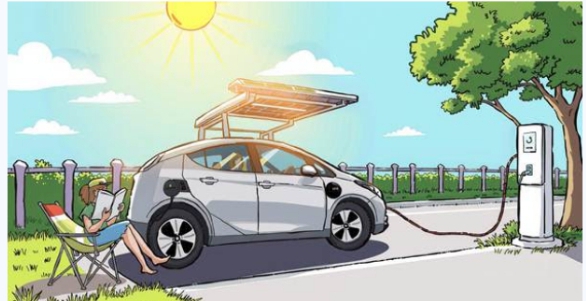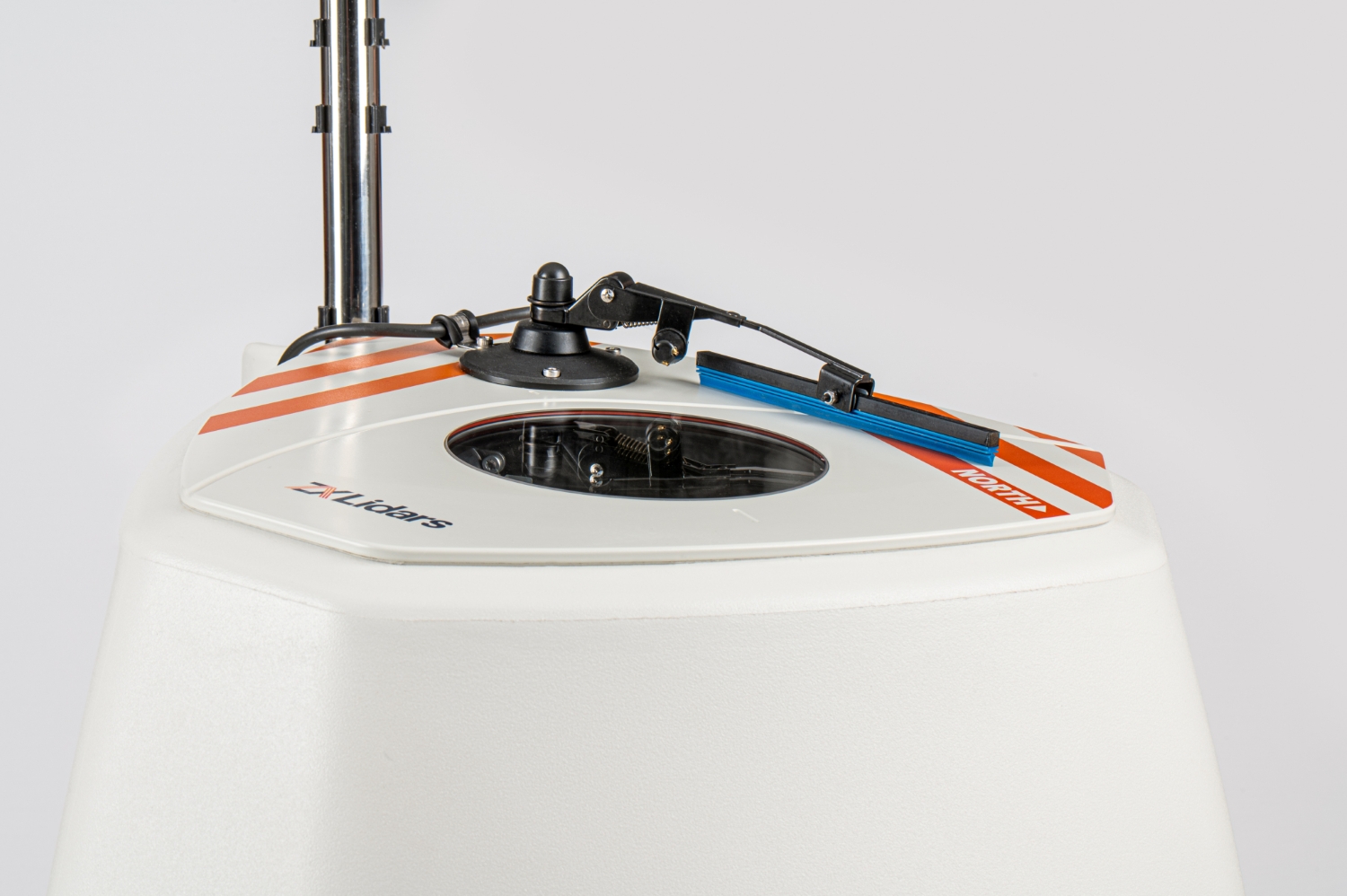The renewable energy sector is becoming increasingly enriched with the developments of clean, green, and natural power sources, with hydrogen and solar being two of the biggest technology names rising within the industry. IDTechEx’s portfolios of Hydrogen and Energy & Decarbonization Research Reports explore the growing markets that are expected to reshape the future of energy in line with global decarbonization targets.
Harnessing sun and wind energy for renewable charging within the transport sector
The transport industry is a large adopter of clean energy technologies, largely due to the expectations of lowering carbon footprints and the desire to realize sustainability targets. Solar canopy charging, hydrogen generator charging, and airborne wind energy charging are all avenues explored by IDTechEx as a means of powering electric vehicles away from grid access. IDTechEx’s report, “Off-Grid Charging For Electric Vehicles 2024-2034: Technologies, Benchmarking, Players and Forecasts”, covers different off-grid EV charging methods, and provides forecasts for their uptake over the next ten years.
Solar canopy charging carports that are completely independent from the grid could see cars charging simply from being parked underneath solar panels and plugged into a charging outlet. Labelled as the fastest growing source of renewable energy by IDTechEx, solar power can provide cheaper means of generating energy, especially when compared to fossil fuel projects.

‘Top-up charging’, where drivers can recharge little and often, may suit electric vehicles better, as they never have to worry about running too low and struggling to source power. Issues surrounding energy storage and intermittency may arise with solar canopy chargers, which without grid stability, may prove difficult to abate. However, when used mostly as a charge boost, solar canopy charging offers an environmentally friendly and smart way to keep vehicles energized.
Wind power, though also a promising means of renewable energy, is currently too expensive and large to feasibly use for electric vehicle charging, according to IDTechEx. However, airborne wind energy (AWE) could be a loophole, which sees a tether-based device being able to harness power from high-altitude winds, while incurring less material costs. AWE can also provide more consistency when compared to solar, given its ability to work even in the dark, and increasing the surface area of the device could increase power generation without affecting the ground footprint.
Hydrogen for land and sky transportation
Hydrogen could provide a means of charging up battery electric vehicles, as opposed to fuel-cell electric vehicles, by having external fuel cells produce electricity from outside of the vehicle. Hydrogen chargers could have an integrated battery, but also rely on stored, compressed hydrogen as energy storage. While this could provide a solution to off-grid or temporary power situations, IDTechEx states that the costs of hydrogen charging, especially when using green hydrogen to maximize sustainability, would be very high. However, as renewable energy costs decrease as they become more widely available, hydrogen charging could see a noticeable uptake.
Hydrogen planes could be a new means of travel in the future, with the only emission produced in-flight being water vapour, and would be a great development for the environment and reducing the carbon footprint of air travel. Liquid hydrogen fuel cell planes could have between 30 and 40% of the range of a jet fuel plane, which could mean a travel range of several thousand kilometers is possible. This would be ideal for shorter journeys of under 2,000km, which is where over 50% of travel demand lies by seats, according to IDTechEx. The report, “Sustainable Future Aviation 2025-2045: Trends, Technologies, Forecasts”, covers different ways to decarbonize the air travel sector, including the introduction of battery-powered planes and the implementation of sustainable aviation fuel.
The creation of green hydrogen with electrolysis
With the expansion of hydrogen applications in line with increasing decarbonization efforts, green hydrogen in particular is drawing attention as being the most environmentally beneficial in its use. Green hydrogen is produced with water electrolysis, with many different electrolyzer types on the market, each with their own benefits.
Proton exchange membrane (PEM) electrolyzers, for example, can offer more compact system designs and much smaller footprints when compared with alkaline systems. PEMELs high power densities are as a result of their solid proton exchange membrane, and they are a popular commercial option for producing green hydrogen with advancing technologies being developed. Solid oxide electrolysis cell (SOEC) electrolyzers operate at the lowest voltage range and therefore can be considered one of the most efficient technologies. This is possible as a result of leveraging high temperatures and enabling favorable thermodynamics, according to IDTechEx. More types of electrolyzers used to produce green hydrogen, and their best suited applications, are covered in detail in IDTechEx’s report, “Materials for Green Hydrogen Production 2026-2036: Technologies, Players, Forecasts”.
Turning hydrogen into electricity
Fuel cells operate with the input of hydrogen fuel and an oxygen source which undergo a chemical reaction that results in the generation of electricity to power an external load, alongside water and heat. Stationary fuel cells refer to this process occurring in a fixed place, either permanently or semi-permanently, and are usually operating within a fuel cell stack as part of a larger system.

Solid oxide fuel cells (SOFCs) are more favoured within stationary applications including industrial power and commercial operations, for continuous generation. Other types such as proton exchange membrane fuel cells (PEMFCs) are more desired within mobile applications such as in the transport sector and are also becoming contenders for back-up power generation in the replacement of diesel generators.
The implementation of fuel cells as a means of providing large scale renewable energy could provide relief for continuous, always-on applications such as data centers. The sustainability promises that this means of generating electricity can fulfil, especially with the growing use of green hydrogen into the future, will also contribute to worldwide decarbonization efforts within the energy sector. IDTechEx’s report, “Stationary Fuel Cell Markets 2025-2035: Technologies, Players & Forecasts”, covers a multitude of fuel cell types, and their best suited applications, along with emerging trends and drawbacks to consider.
Source: IDTechEx







